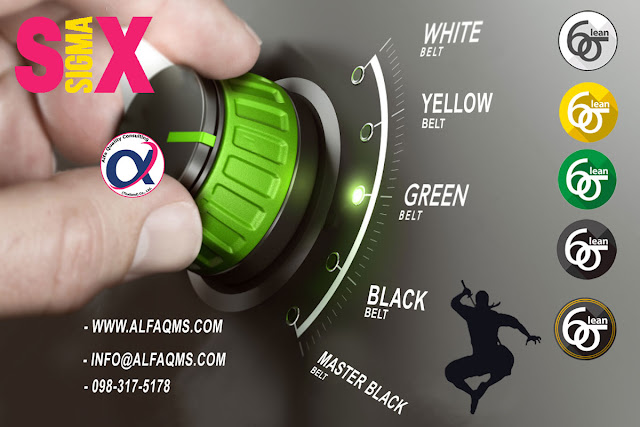
Search your topic on this blogg
Monday, 25 February 2019
DOE - DESIGN OF EXPERIMENT WITH MINITAB

Objectives
Learn about designed experiments in Minitab
Create a factorial design
View a design and enter data in the worksheet
Analyze a design and interpret the results
Use a stored model to create factorial plots and predict a response
Overview
DOE (design of experiments) helps you investigate the effects of input variables (factors) on an output variable (response) at the same time. These experiments consist of a series of runs, or tests, in which purposeful changes are made to the input variables. Data are collected at each run. You use DOE to identify the process conditions and product components that affect quality, and then determine the factor settings that optimize results.
Minitab offers five types of designs: screening designs, factorial designs, response surface designs, mixture designs, and Taguchi designs (also called Taguchi robust designs). The steps you follow in Minitab to create, analyze, and visualize a designed experiment are similar for all types. After you perform the experiment and enter the results, Minitab provides several analytical tools and graph tools to help you understand the results. This chapter demonstrates the typical steps to create and analyze a factorial design. You can apply these steps to any design that you create in Minitab.
Minitab DOE commands include the following features:
Catalogs of designed experiments to help you create a design
Automatic creation and storage of your design after you specify its properties
Display and storage of diagnostic statistics to help you interpret the results
Graphs to help you interpret and present the results
In this chapter, you investigate two factors that might decrease the time that is needed to prepare an order for shipment: the order-processing system and the packing procedure.
The Western center has a new order-processing system. You want to determine whether the new system decreases the time that is needed to prepare an order. The center also has two different packing procedures. You want to determine which procedure is more efficient. You decide to perform a factorial experiment to test which combination of factors enables the shortest time that is needed to prepare an order for shipment.
Create a designed experiment
Before you can enter or analyze DOE data in Minitab, you must first create a designed experiment in the worksheet. Minitab offers a variety of designs.
Screening
Includes definitive screening and Plackett-Burman designs.
Factorial
Includes 2-level full designs, 2-level fractional designs, split-plot designs, and Plackett-Burman designs.
Response surface
Includes central composite designs and Box-Behnken designs.
Mixture
Includes simplex centroid designs, simplex lattice designs, and extreme vertices designs.
Taguchi
Includes 2-level designs, 3-level designs, 4-level designs, 5-level designs, and mixed-level designs.
You choose the appropriate design based on the requirements of your experiment. Choose the design from the Stat > DOE menu. You can also open the appropriate toolbar by choosing Tools > Toolbars. After you choose the design and its features, Minitab creates the design and stores it in the worksheet.
Subscribe to:
Post Comments (Atom)
BROWSE IN YOUR LANGUAGE
ABOUT US.
ALFA QUALITY CONSULTING (THAILAND) Co., Ltd. A Consulting Company for Training and Development organization specializing in management system solutions that elevate the performance of client organizations. We provide Consulting and Training Services in Quality, Environmental, Health and Safety standards-based management systems like Training, Consulting, Coaching ISO 9001:2015, ISO 14001:2015, IATF 16949:2016, Medical Devices, Lean Six Sigma Green Belt, Lean Six Sigma Black Belt, VDA 19.1, VDA 19.2, ISO 13485, ISO 16232 and QOS ALFA QUALITY CONSULTING also leads the way with Lean, Six Sigma and other breakthrough systems and methods of performance enhancement.
FEATURED POST
RECENT POST
SUBSCRIBE TO US.
Get All The Latest Updates Delivered Straight Into Your Inbox For Free!





No comments:
Post a Comment